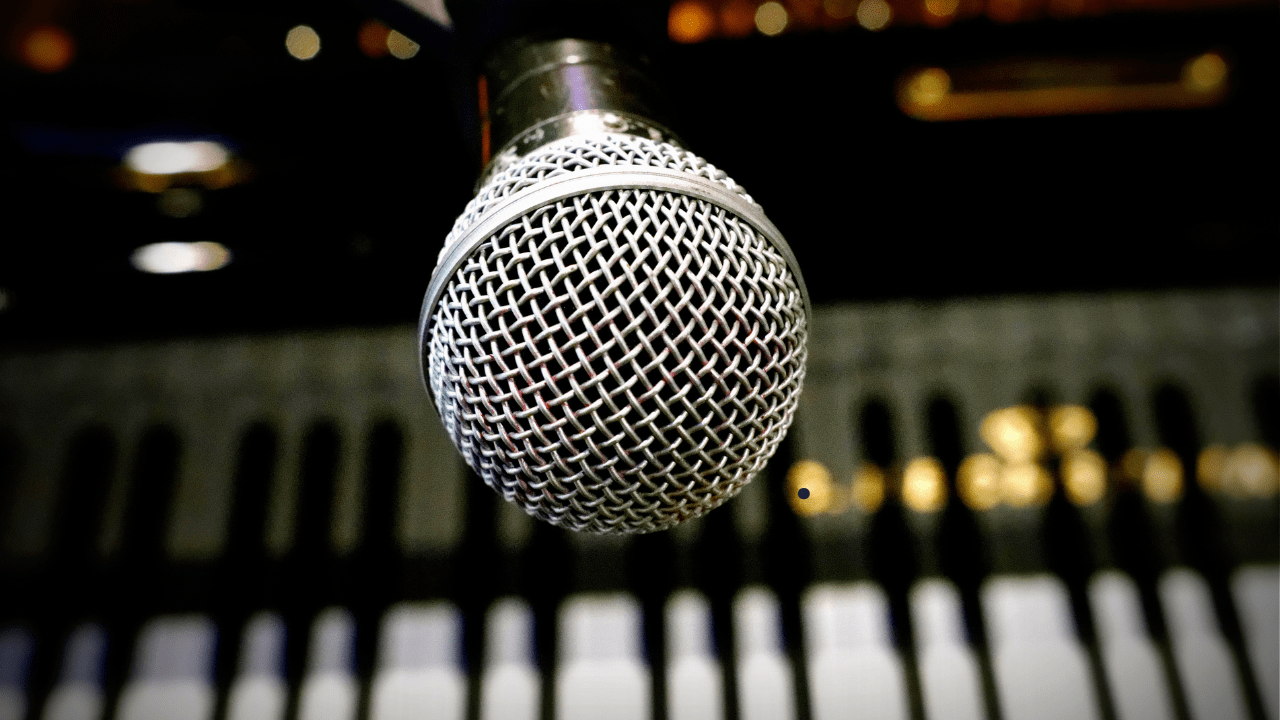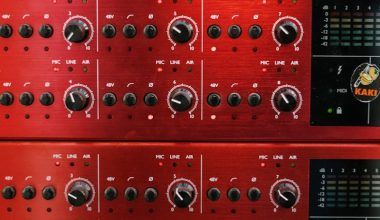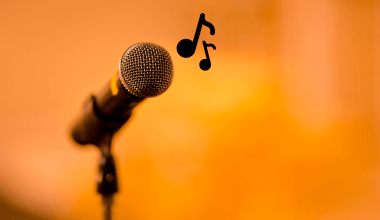A microphone is a device that converts sound into an electrical signal. It allows you to record, amplify, or transmit audio. Without microphones, much of our communication, entertainment, and work would be impossible.
Microphones are everywhere: in smartphones, laptops, studios, and even in the devices we use for voice assistants. From music production to online meetings, microphones play a crucial role in modern life.
How a Microphone Works
At its core, a microphone is a transducer. It changes sound waves into electrical energy. This process begins when sound waves hit a diaphragm inside the microphone. The diaphragm vibrates, and these vibrations are transformed into electrical signals.
Different types of microphones use unique methods to capture sound. For example:
- Dynamic Microphones: Use electromagnetic induction.
- Condenser Microphones: Use capacitor plates to convert sound.
- Ribbon Microphones: Use a thin metallic ribbon suspended in a magnetic field.
Each type has its strengths, making some better suited for vocals, instruments, or podcasts.
Why a Microphone is Essential
A microphone is vital for capturing sound accurately. Whether you’re a professional musician, podcaster, or gamer, microphones ensure clear audio. They enhance communication and preserve sound quality.
For musicians, a microphone captures the nuances of a performance. For podcasters, it provides a direct channel to their audience. In video calls, a microphone ensures your voice is heard without distortion.
Types of Microphones
Different types of microphones serve different purposes. Here are the most common ones:
- Dynamic Microphones
These are rugged and versatile. A dynamic microphone is often used in live performances because it handles loud sounds without distortion. - Condenser Microphones
A condenser microphone is sensitive and captures detailed sounds. It’s popular in studios for vocals and acoustic instruments. - Lavalier Microphones
Small and discreet, these clip-on mics are used in interviews and presentations. A lavalier microphone is ideal for hands-free use. - Shotgun Microphones
A shotgun microphone is designed for directional sound capture. It’s used in film and television to focus on a specific audio source. - USB Microphones
Easy to connect, a USB microphone is perfect for home recording, gaming, and online meetings.
Choosing the Right Microphone
Selecting the right microphone depends on your needs. A microphone is not one-size-fits-all. Consider these factors:
- Purpose: Are you recording music, streaming, or conducting interviews?
- Environment: Will you use the microphone in a studio, outdoors, or at home?
- Budget: Microphones come in various price ranges. Set a budget before choosing.
For home studios, a condenser microphone is often the best choice. For live performances, a dynamic microphone is more reliable.
Maintaining Your Microphone
A microphone is an investment. Proper care ensures it lasts for years. Here are some tips:
- Keep it Clean: Dust and moisture can damage sensitive components. Use a cover when not in use.
- Avoid Dropping It: Physical shocks can affect its performance.
- Store Properly: Use a padded case to protect the microphone during travel.
The Impact of Microphones on Communication
A microphone is a bridge between speakers and listeners. It enables communication in various fields:
- Education: Teachers use microphones in classrooms and online lectures.
- Healthcare: Doctors use microphones for telemedicine consultations.
- Business: Microphones facilitate remote work and virtual meetings.
The Role of Microphones in Entertainment
The entertainment industry relies heavily on microphones. A microphone is essential in:
- Music Production: Capturing vocals and instruments with precision.
- Film and TV: Recording dialogue and ambient sounds.
- Gaming: Enhancing communication between players.
Innovations in Microphone Technology
Modern microphones are smarter and more adaptable. Advances in technology mean a microphone is no longer just a basic sound-capturing tool. Features like noise cancellation, voice isolation, and wireless connectivity make microphones more efficient.
Conclusion:
A microphone is more than a device. It’s a tool for creativity, communication, and connection. Whether you’re a professional or a hobbyist, the right microphone can transform your audio experience.
Related Articles:
For further reading, explore these related articles:
For additional resources on music marketing and distribution, visit Deliver My Tune.






